Writing Teaching Resources
Teaching writing strategies and the writing process this school year? Explore a comprehensive collection of teacher resources for primary English teachers — all created by teachers!
Stocked with graphic organisers, writing prompts, templates, worksheets and so much more, this collection of printable and digital activities is designed to help you as you help your students become more effective communicators and unleash their creativity and imagination.
Save time on lesson planning with resources that are aligned with the Australian curriculum (including version 9!) and have been through a careful review process by an expert member of our teacher team to ensure they're ready for your classroom and your students!
Are you looking for tips and tricks to add to your teacher toolkit this school year? Read on for a primer from our teacher team, including engaging activities for teaching writing inprimary school and a look at some of the different writing strategies your students will need to learn.
11 Writing Strategies Kids Should Know by the End of Primary School
We can't talk about teaching kids to write without talking about the different writing strategies that can help them do just that!
When it comes to teaching our students to become confident writers who articulate their ideas effectively, here are some of the strategies our teacher team prioritises:
1. Brainstorming
Brainstorming is something we often do in the classroom, and it's a crucial part of learning to generate the ideas that will drive students' writing as they progress through their educational journey. Kids should know how to create a list of potential topics or points related to a particular writing assignment.
With younger students, this is often done as a whole group by writing ideas and points on chart paper. In upper years, students transition over to using text-based materials to generate ideas and talking points.
2. Outlining
Before diving directly into any assignment, our students should be able to create a structured framework or outline. Teaching students how to create this outline will help them organise their thoughts and arguments for penning their essays, reports and research papers.

3. Using Graphic Organisers
Technically graphic organisers are classroom tools, so you may not think of their use as a writing strategy per se. However, learning to use these tools is another means of providing kids with the tools they need to organize their ideas and information before they sit down to write.
These organisers are particularly useful for expository writing — students can use them to outline main ideas, supporting details, and transitions.
Students can also take advantage of story maps when they are working on narrative writing to plot the key elements of a story, such as characters, setting, conflict, rising action, climax and resolution.
Graphic organisers such as the OREO strategy and hamburger paragraph are also great tools for students to use when working with opinion and persuasive texts.
4. Freewriting
Writer's block is the enemy of creativity, and it can easily frustrate young students who don't know where to begin.
When students freewrite, they write continuously without worrying about grammar or punctuation. This writing strategy can be extremely freeing — hence the name! — and helps frustrated writers move past that writer's block, generating fresh ideas.

5. Peer Editing
Learning to review and provide constructive feedback on each other's work is a great writing strategy to employ in your classroom to help students improve their writing quality and enhance their editing skills.
The strategy allows your students to learn from one another, and it arms them with an important tool they can use well into the future — calling on peers to provide a critical eye to a piece of writing.
6. Using Sensory Language
Working on descriptive writing? With this writing strategy, students engage the reader's senses through vivid and sensory language to create a more immersive experience.
7. Including Transitions and Connectives
As students become more proficient in the writing process, learning to use transitional words and phrases allows them to create smooth transitions between sentences and paragraphs. This strategy makes their writing more coherent and polished.
8. Incorporating Evidence
In persuasive, opinion and expository writing, students are taught to support their claims with evidence and examples to strengthen their arguments.
It takes some practice to train your students to use evidence in their writing, so it's often a good idea to start with something simple, like the R.A.C.E.S. strategy.
9. Crafting a Thesis Statement
In expository, opinion and persuasive writing, crafting clear and concise thesis statements that summarise the main point or argument of their essay helps students be more focused and organised in their writing.
This strategy can also have the effect of empowering students to express their ideas confidently and persuasively.
10. Incorporating Introductions and Conclusions
With this strategy, students practice crafting effective introductions and conclusions that grab the reader's attention and leave a lasting impression.
11. Following a Revision Checklist
Teaching your students to use a revision checklist is a strategy that will help them be more self-reflective, evaluating their own writing against the checklist criteria and becoming more aware of their strengths and weaknesses.

- Plus Plan
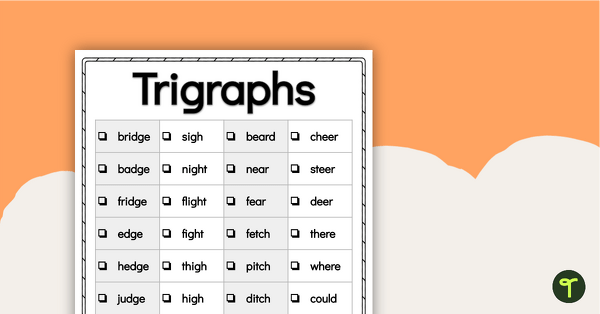
Word Study List - Trigraphs
Introduce and explore common trigraphs with this extensive list of words.
- Plus Plan
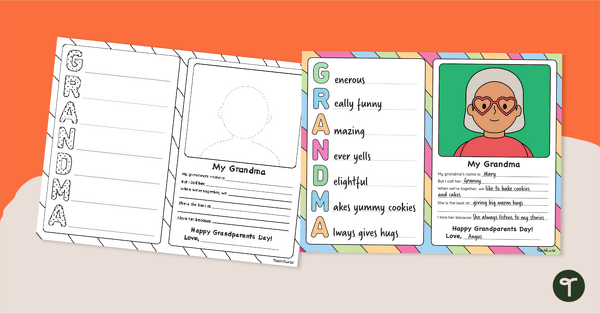
Grandparents Day Acrostic Poems
Celebrate grandma and grandpa in the classroom with a Grandparents Day acrostic poem template.
- Free Plan
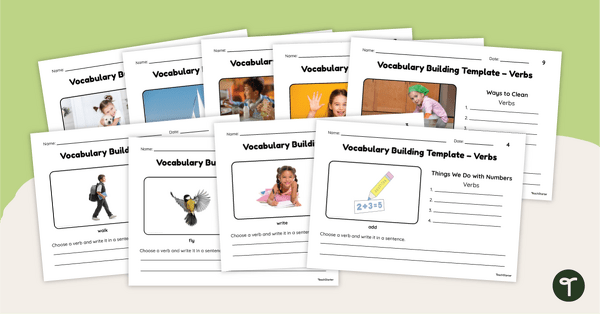
Vocabulary Building Template – Verbs
Expand verb vocabulary with this open-ended task.
- Plus Plan
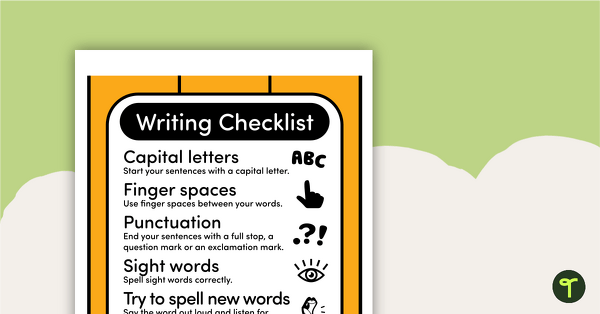
Writing Conventions Poster
Get your students using this writing conventions poster to edit their work across multiple genres.
- Plus Plan
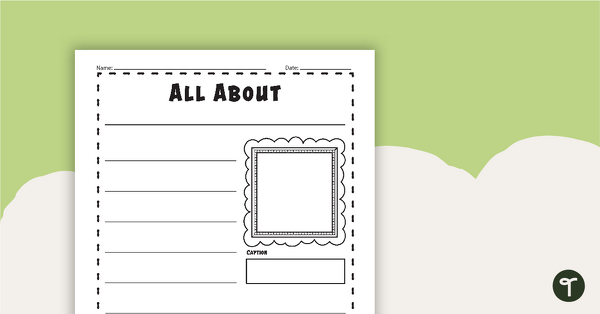
'All About ...' - Informational Text Template
A template students can use for informative writing.
- Plus Plan
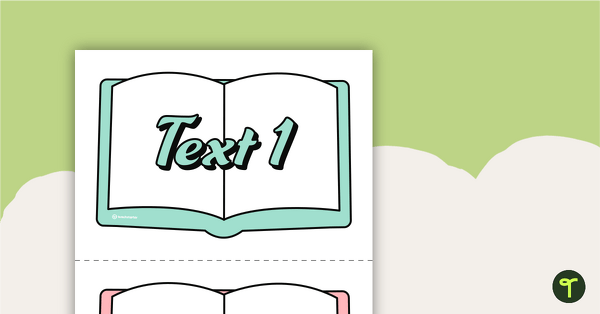
Narrative Writing Bump It Up Wall – Year 6
A visual display for your classroom to help students ‘bump up’ their narrative writing.
- Plus Plan
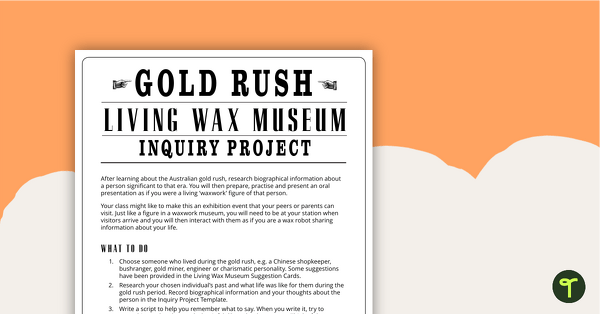
Australian Gold Rush: Living Wax Museum – Project
An inquiry project in which students research personalities from the Australian Gold Rush and portray them as part of a Living Wax Museum.
- Plus Plan
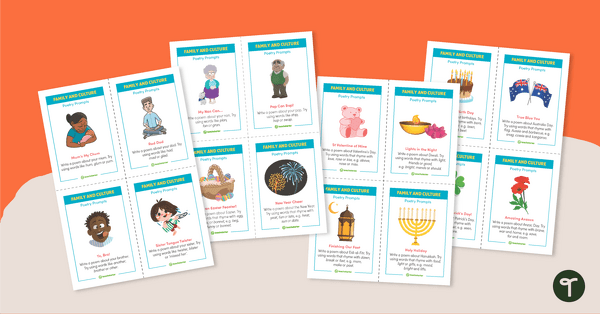
Prompts for Poetry – Family and Culture
A set of 16 illustrated poetry task cards to help students write about their family and cultural celebrations.
- Plus Plan
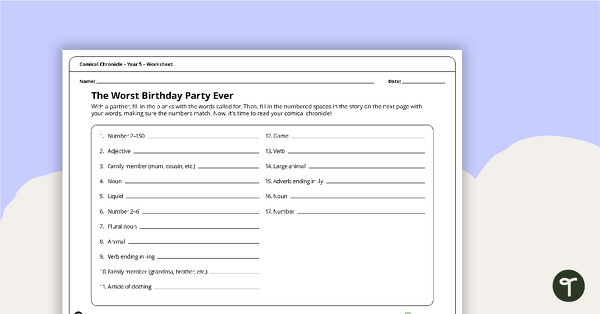
Comical Chronicle Worksheets – Year 5
A set of 10 ad-lib style stories for students to complete.
- Plus Plan
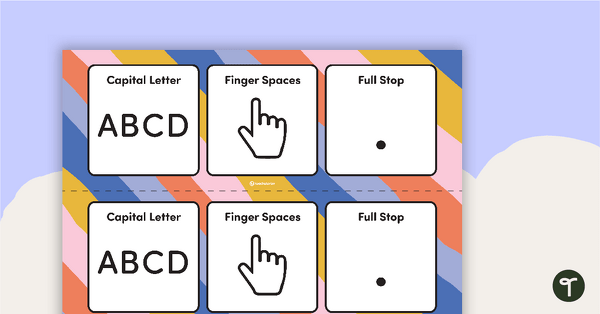
Capital Letter, Finger Space, Full Stop – Desk Plate
A desk plate with helpful cues for beginning writers.
- Plus Plan
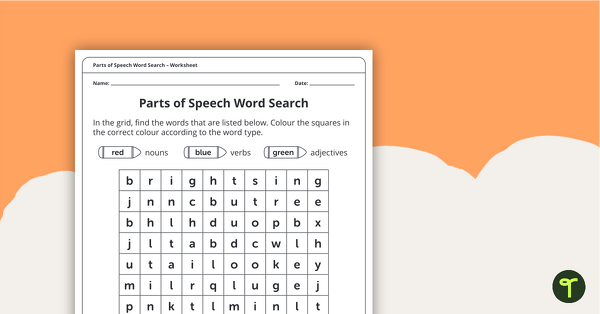
Parts of Speech Word Search (Nouns, Adjectives and Verbs) – Worksheet
A word search where students find and categorise nouns, adjectives and verbs.
- Plus Plan
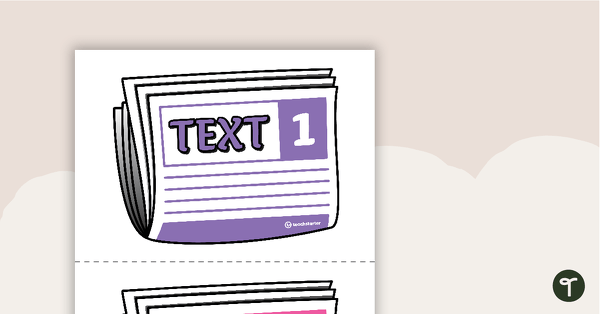
Informative Writing Bump It Up Wall – Year 5
A visual display for your classroom to help students ‘bump up’ their informative writing.
- Plus Plan

Common and Proper Nouns Sort - Cut and Paste Worksheet
A sorting worksheet to practise identifying common and proper nouns.
- Plus Plan
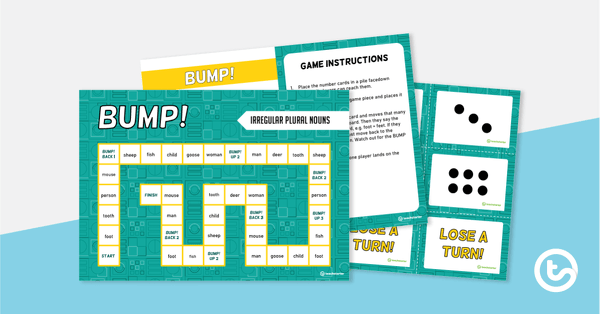
BUMP! Irregular Plural Nouns – Board Game
A board game to practise forming irregular plural nouns.
- Free Plan
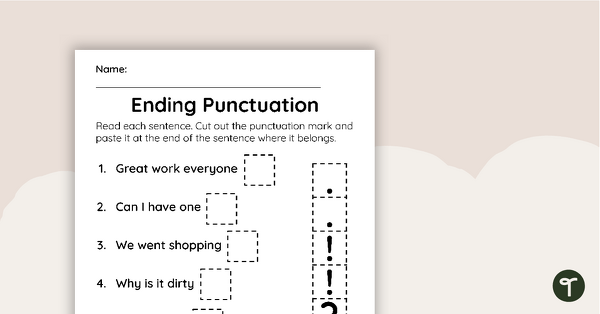
Ending Punctuation – Cut and Paste Worksheet
A cut and paste worksheet to practise adding the correct punctuation marks to the end of sentences.
- Free Plan
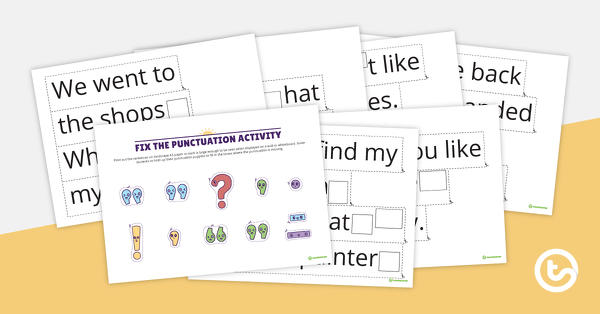
Fix the Punctuation Activity
A cut and match activity to help your students correctly punctuate sentences.
- Plus Plan
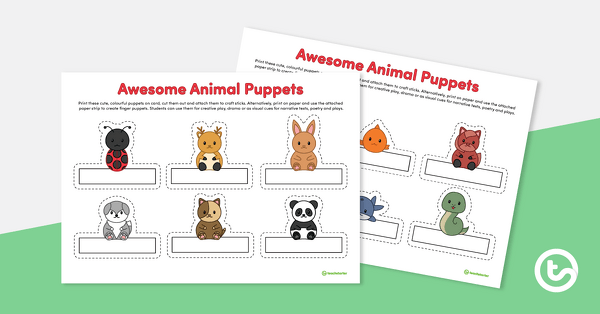
Adorable Animal Finger Puppets Template
Download a set of 12 animal finger puppets to use when teaching poetry, creating narratives and more.
- Plus Plan
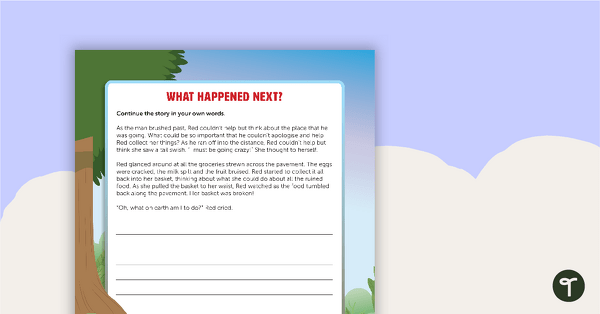
What Happened Next? Little Red Riding Hood Writing Template
Finish the Little Red Riding Hood story in your own words.
- Plus Plan
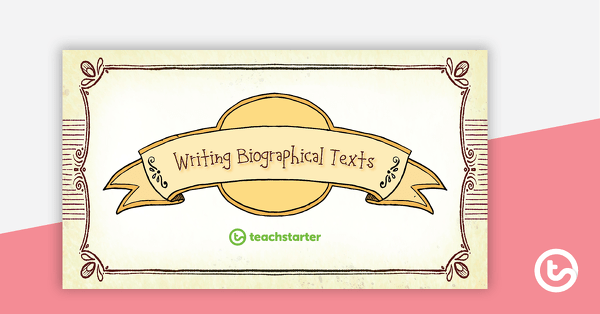
Writing Biographical Texts PowerPoint
A 29 slide editable PowerPoint template to use when teaching older students about the structure and language features of biographical texts.
- Plus Plan
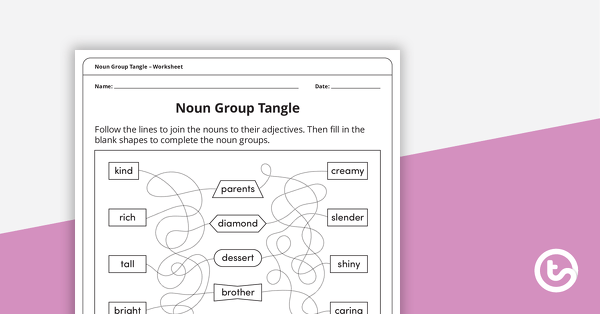
Noun Group Tangle – Worksheet
A worksheet that focuses on nouns combining with adjectives to create noun groups.
- Free Plan
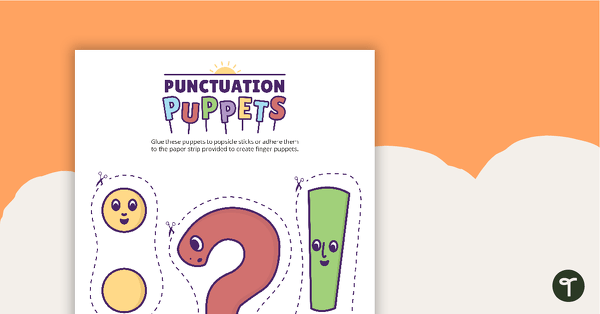
Punctuation Puppets
A range of different punctuation characters that can be cut out and used as puppets.
- Plus Plan

The 5 Ws and 1 H Questions for Narrative Writing Poster
A 5 Ws and 1 H poster to display in the classroom.
- Plus Plan
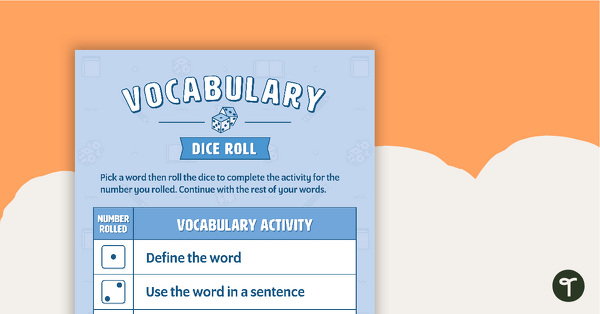
Vocabulary Dice Roll Activity
6 vocabulary activities to use with a range of words.
- Plus Plan
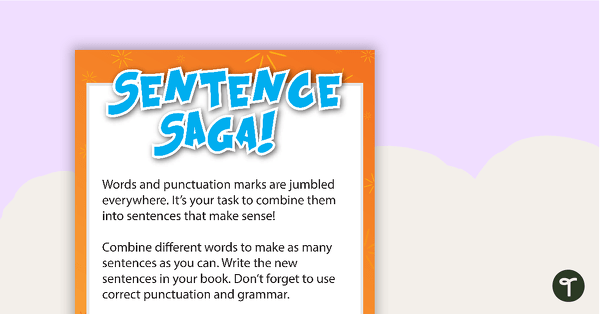
Sentence Saga Literacy Activity (Silly Sentences)
Words and punctuation marks are jumbled everywhere. It’s your task to combine them into sentences that make sense!
- Plus Plan
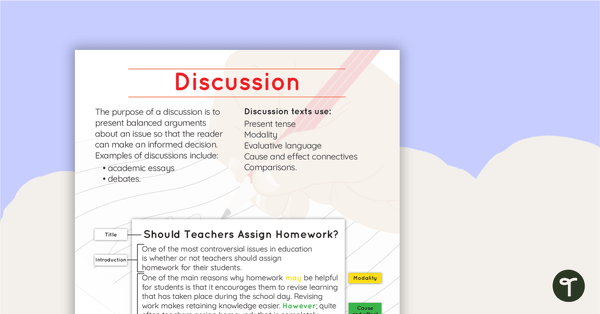
Discussion Text Type Poster With Annotations
A poster about discussions, including an annotated example.
- Plus Plan
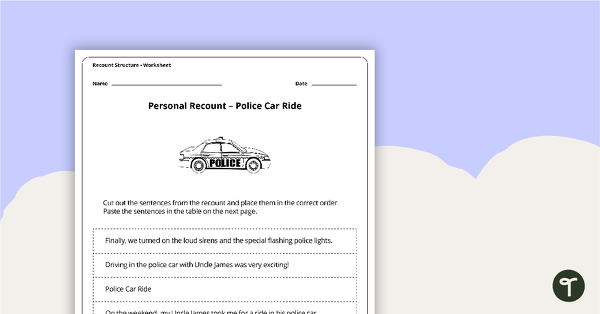
Personal Recount Sequencing Activity - Police Car Ride
A worksheet to use in the classroom when learning the sequence of a personal recount.
- Plus Plan
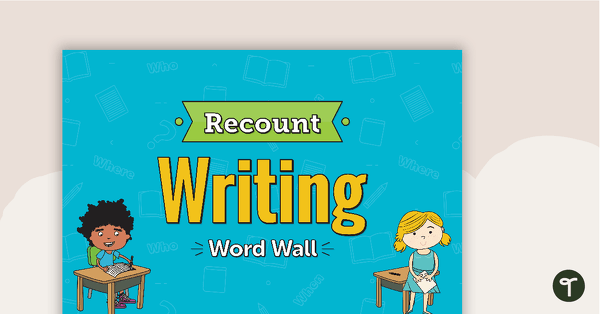
Recount Writing Word Wall
A set of 30 vocabulary words related to recount writing.
- Plus Plan
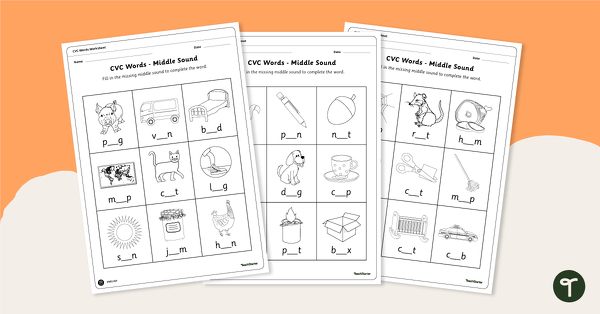
Short Vowel Worksheets - Middle Sounds
Three worksheets to allow students to practise identifying the middle vowel sound of CVC words.
- Plus Plan
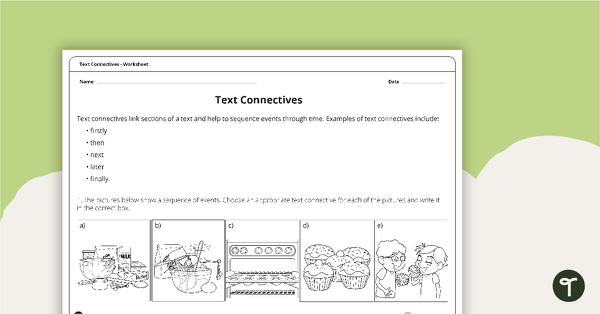
Text Connectives Worksheet
A 2 page worksheet that explores the use of text connectives.
- Plus Plan
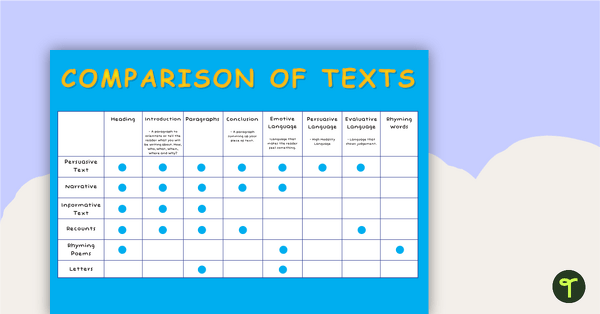
Comparison of Text Types Posters
A poster comparing the structure and language features of various text types.
- Plus Plan
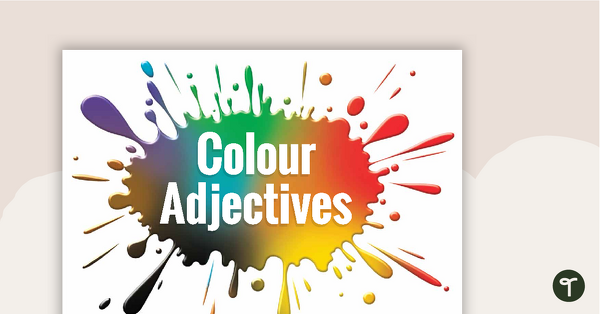
Colour Adjectives Word Wall
A colourful word wall display to help support students colour adjective use.
- Plus Plan
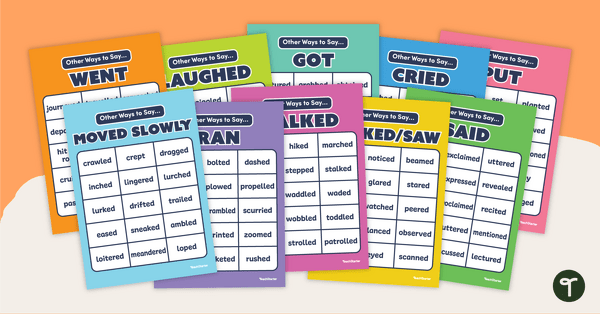
Vivid Verbs Poster Pack
Teach your students to omit boring, overused verbs from their writing with a classroom set of vivid verb posters.
- Writing Worksheets
- Writing Templates
- Writing Games
- Writing Posters
- Writing Teaching Presentations
- Writing Labels, Signs & Decorations
- Writing Word Walls
- Writing Projects
- Writing for Preschool/Kindergarten
- Writing for Foundation Year
- Writing for Year 1
- Writing for Year 2
- Writing for Year 3
- Writing for Year 4
- Writing for Year 5
- Writing for Year 6
- Writing for Year 7